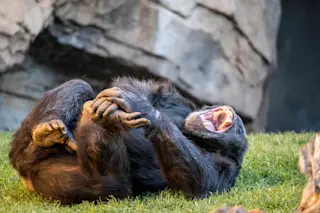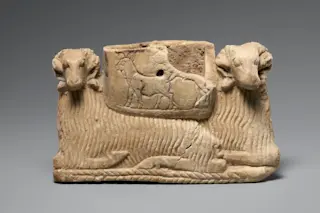The dead lay in a cave, over a quarter-mile from daylight. Investigators counted remains from at least 28 individuals. The bones were fractured into nearly 7,000 pieces, mixed with bear fossils and mud — and a 6-inch, teardrop-shaped handaxe.
DNA analysis identified the individuals, dated to approximately 430,000 years ago, as early Neanderthals — our evolutionary cousins — or their ancestors.
The site, northern Spain’s Sima de los Huesos, is humanity’s oldest cold case. Some researchers say predators, mudslides, accidental falls or other natural processes brought the bodies there. But others contend the corpses were deliberately interred, raising the question of whether they are the earliest evidence of funerary customs.
We already know a good deal about such behavior in historical times: Various cultures have buried, burned, bejeweled or mummified their dearly departed, as survivors wept, danced, feasted, fasted or even commissioned costly monuments. These rituals “are really all about ...















